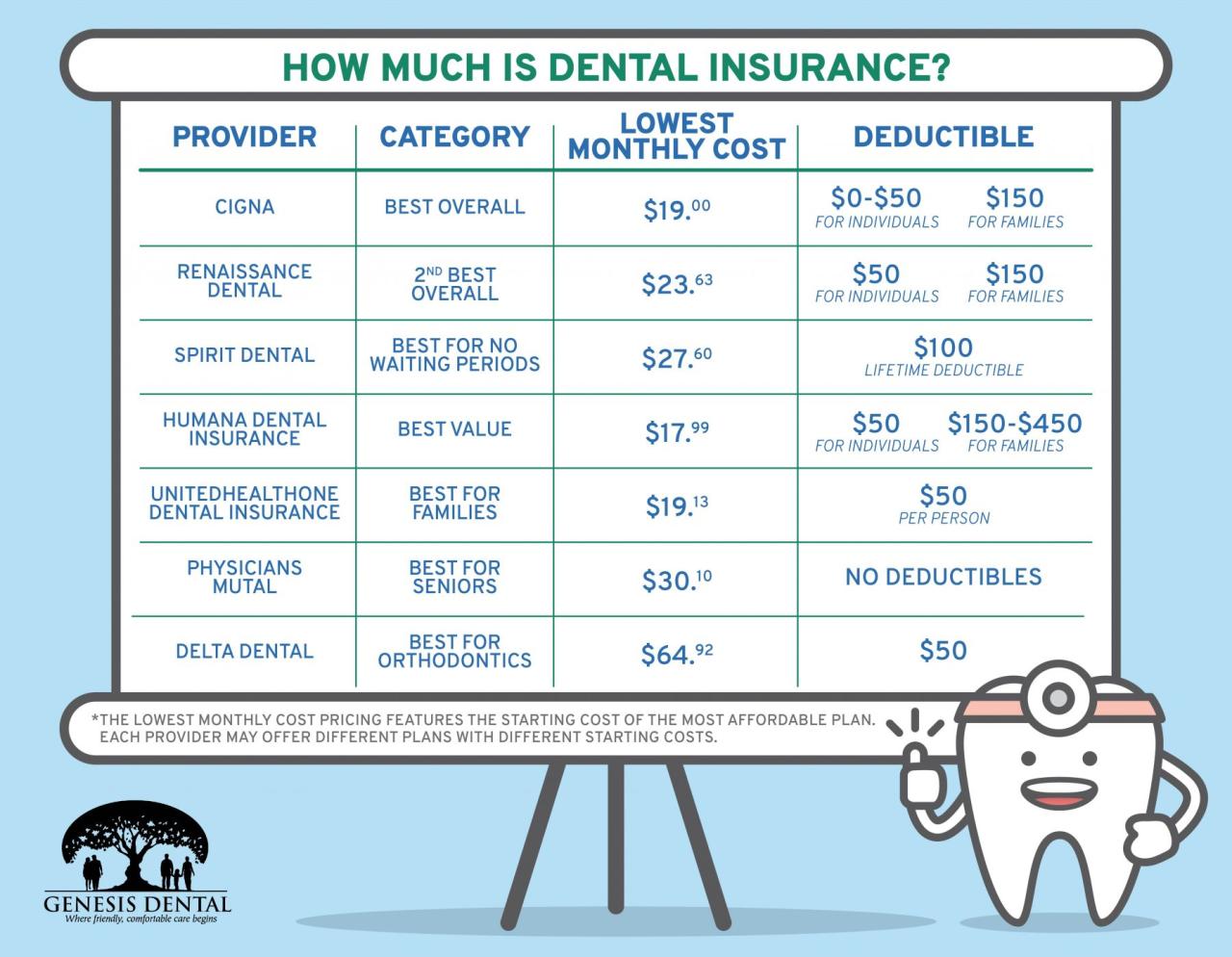Life insurance, a cornerstone of financial planning, provides a safety net for your loved ones in the event of your passing. It’s a powerful tool that offers peace of mind, ensuring your family’s financial stability during a difficult time.
Understanding the different types of life insurance policies, their benefits, and how they work is crucial to making informed decisions. Whether you’re a young adult starting out, a growing family, or approaching retirement, there’s a life insurance solution tailored to your specific needs and goals.
Understanding Life Insurance
Life insurance is a financial safety net that provides financial protection to your loved ones in the event of your death. It works by providing a lump sum payment, known as a death benefit, to your designated beneficiaries. This benefit can help them cover various expenses, such as funeral costs, outstanding debts, and living expenses, ensuring their financial stability during a difficult time.
Types of Life Insurance Policies
Life insurance policies come in various forms, each with its own features and benefits. Here are some common types:
- Term Life Insurance:This type of insurance provides coverage for a specific period, typically 10, 20, or 30 years. It offers the most affordable premiums but only pays out a death benefit if you die within the policy term.
- Whole Life Insurance:Whole life insurance provides lifelong coverage, meaning it remains in effect until your death. It also includes a cash value component that grows over time, which you can borrow against or withdraw from. However, whole life insurance premiums are typically higher than term life insurance premiums.
- Universal Life Insurance:Universal life insurance offers flexible premiums and death benefit options. You can adjust your premium payments and death benefit amount based on your changing needs. It also includes a cash value component that earns interest, but the interest rate is not guaranteed.
Life Insurance Premium Calculation
Life insurance premiums are calculated based on several factors, including:
- Age:Younger individuals generally pay lower premiums than older individuals, as they have a longer life expectancy.
- Health:Individuals with good health typically pay lower premiums than those with pre-existing health conditions.
- Lifestyle:Certain lifestyle factors, such as smoking or engaging in risky hobbies, can impact your premium rates.
- Death Benefit Amount:The higher the death benefit amount, the higher the premium.
- Policy Type:Different types of life insurance policies have varying premium structures.
Benefits of Life Insurance
Life insurance offers numerous benefits that can provide financial security and peace of mind for your loved ones.
Financial Protection for Beneficiaries
The primary benefit of life insurance is the financial protection it provides to your beneficiaries. The death benefit can help them cover essential expenses and maintain their standard of living after your passing.
Covering Funeral Expenses and Outstanding Debts
Life insurance proceeds can be used to cover funeral expenses, which can be substantial. It can also help pay off outstanding debts, such as mortgages, credit card balances, or student loans, relieving your beneficiaries from financial burdens.
Estate Planning and Wealth Preservation
Life insurance plays a crucial role in estate planning. It can be used to provide liquidity to your estate, ensuring that your assets can be distributed according to your wishes. Life insurance proceeds can also help cover estate taxes, preserving your wealth for your beneficiaries.
Choosing the Right Life Insurance Policy
Selecting the right life insurance policy is essential to meet your individual needs and financial circumstances. Consider these factors:
Key Factors to Consider
- Coverage Amount:Determine the amount of coverage you need to adequately protect your beneficiaries. Consider their financial needs and the expenses they may face.
- Policy Term:Choose a policy term that aligns with your coverage needs. If you need coverage for a specific period, such as until your children are financially independent, a term life insurance policy might be suitable. If you need lifelong coverage, whole life insurance could be a better option.
- Premium Affordability:Select a policy with premiums that fit your budget. Consider your income, expenses, and financial goals.
- Cash Value Component:If you want a policy with a cash value component, consider whole or universal life insurance. However, keep in mind that these policies generally have higher premiums.
- Policy Features:Evaluate the various features and benefits offered by different policies, such as riders, investment options, and death benefit payout options.
Comparing Policy Types
Each type of life insurance policy has its own advantages and disadvantages. It’s essential to compare different policies and select one that aligns with your individual circumstances and financial goals.
- Term Life Insurance:
- Advantages:Affordable premiums, provides coverage for a specific period, ideal for temporary needs.
- Disadvantages:Coverage ends after the policy term, no cash value component.
- Whole Life Insurance:
- Advantages:Lifelong coverage, cash value component that grows over time, can be used for borrowing or withdrawals.
- Disadvantages:Higher premiums than term life insurance, cash value growth is not guaranteed.
- Universal Life Insurance:
- Advantages:Flexible premiums and death benefit options, cash value component that earns interest.
- Disadvantages:Interest rates are not guaranteed, premiums can fluctuate.
Assessing Individual Needs and Financial Circumstances
It’s crucial to assess your individual needs and financial circumstances before choosing a life insurance policy. Consider your age, health, family situation, income, expenses, and financial goals. Consult with a financial advisor to determine the appropriate coverage amount and policy type for your situation.
Life Insurance in Different Life Stages
Life insurance needs vary depending on your life stage and financial goals. Here’s a table outlining specific needs at different stages:
Life Insurance Needs by Life Stage
| Life Stage | Specific Life Insurance Needs |
|---|---|
| Young Adults |
|
| Families |
|
| Retirees |
|
Life Insurance and Life Goals
Life insurance can be used to protect various life goals:
- Starting a Family:Life insurance can help cover childcare costs, provide financial stability for a surviving spouse, and ensure the children’s future.
- Buying a Home:Life insurance can help pay off a mortgage in the event of the homeowner’s death, ensuring that the surviving family members can remain in their home.
- Funding Education:Life insurance proceeds can be used to fund children’s education, ensuring that they can pursue their educational goals.
Life Insurance and Estate Planning with Dependents
Life insurance is an essential component of estate planning, especially for individuals with dependents. It ensures that their financial needs are met after your passing, protecting their future and providing peace of mind.
Common Misconceptions About Life Insurance
There are several common misconceptions about life insurance that can deter individuals from seeking this essential protection. Here are some myths and the reality:
Misconception: Life Insurance is Too Expensive
Reality:Life insurance can be affordable, especially if you purchase it when you are young and healthy. There are various policy types and premium options available to fit different budgets.
Misconception: Life Insurance is Only for Older Individuals
Reality:Life insurance is essential at all ages. Young adults with dependents, families with children, and individuals with outstanding debts can benefit significantly from life insurance protection.
Misconception: Life Insurance is Unnecessary or a Waste of Money
Reality:Life insurance provides financial security for your loved ones in the event of your death. It can help them cope with the loss and maintain their financial stability during a difficult time. It’s not a waste of money; it’s an investment in their future.
The Importance of Life Insurance for Financial Security
Life insurance plays a crucial role in providing financial security for families in the event of a breadwinner’s death. It can help them maintain their standard of living and ensure their financial well-being.
Financial Security for Families
The death benefit from a life insurance policy can replace the lost income of the deceased breadwinner, providing financial stability for the surviving family members. This can help them cover essential expenses, such as mortgage payments, utilities, food, and clothing.
Maintaining Standard of Living
Life insurance can help families maintain their standard of living after the death of a breadwinner. It can ensure that they can continue to live in their home, afford their children’s education, and meet other financial obligations.
Meeting Financial Obligations and Long-Term Goals
Life insurance can help families meet their financial obligations, such as paying off debts, covering medical expenses, and funding long-term goals. It can provide peace of mind and ensure that their financial future is secure.
Life Insurance and Estate Planning
Life insurance is an essential tool for estate planning. It can be used as an asset within your estate plan to provide liquidity, cover estate taxes, and ensure that your assets are distributed according to your wishes.
Life Insurance as an Estate Asset
Life insurance proceeds can be included in your estate, providing liquidity to your beneficiaries. This can help them cover estate taxes, settle outstanding debts, and distribute your assets as you intended.
Covering Estate Taxes and Liabilities

Life insurance proceeds can be used to cover estate taxes, which can be substantial for large estates. It can also help pay off any outstanding liabilities, such as mortgages or loans, ensuring that your beneficiaries receive the full value of your estate.
Naming Beneficiaries and Distribution of Proceeds, Life insurance
It’s crucial to name beneficiaries for your life insurance policy and specify how the proceeds should be distributed. This ensures that your wishes are followed and that your beneficiaries receive the funds as intended.
Life Insurance and Investment Options
Some life insurance policies, such as whole life and universal life, offer investment options that can potentially generate returns and grow policy value over time. These options provide an opportunity to grow your wealth while securing life insurance coverage.
Investment Options within Life Insurance
Investment options within life insurance policies can vary depending on the insurer and policy type. Some common options include:
- Mutual Funds:Allow you to invest in a diversified portfolio of stocks, bonds, and other assets.
- Fixed Annuities:Provide guaranteed interest rates and a fixed stream of income.
- Variable Annuities:Offer the potential for higher returns but also carry investment risk.
Generating Returns and Growing Policy Value
Investment options within life insurance policies can potentially generate returns and increase the cash value of your policy over time. However, it’s important to note that these returns are not guaranteed and are subject to market fluctuations.
Risks and Potential Rewards
Investing within life insurance policies carries both risks and potential rewards. While there is the potential for growth, it’s important to understand the risks associated with market volatility and the potential for losses. Consult with a financial advisor to determine if these investment options are suitable for your risk tolerance and financial goals.
Life Insurance and Tax Implications
Owning and receiving life insurance proceeds have tax implications that you should be aware of. Understanding these implications can help you minimize your tax liability and maximize the benefits for your beneficiaries.
Tax Implications of Owning Life Insurance
Premiums paid for life insurance policies are generally not tax-deductible. However, the cash value component of certain life insurance policies may grow tax-deferred, meaning that you won’t have to pay taxes on the earnings until you withdraw them.
Tax Implications of Receiving Life Insurance Proceeds
Life insurance death benefits are generally tax-free to beneficiaries. However, if the policy was purchased as part of a business arrangement or if the beneficiary is a business entity, the proceeds may be subject to income tax.
Minimizing Tax Liability
To minimize your tax liability related to life insurance, consider these strategies:
- Consult with a Tax Advisor:Seek professional advice to understand the tax implications of your specific situation.
- Choose the Right Policy:Select a policy that aligns with your tax goals and minimizes potential tax liabilities.
- Plan for Beneficiary Designation:Carefully consider who you will name as beneficiaries and how you want the proceeds to be distributed to minimize potential tax implications.
Conclusive Thoughts
Life insurance is more than just a policy; it’s a testament to your love and responsibility. By securing a life insurance policy, you’re taking proactive steps to protect your family’s future and ensure their financial security, no matter what life throws their way.













